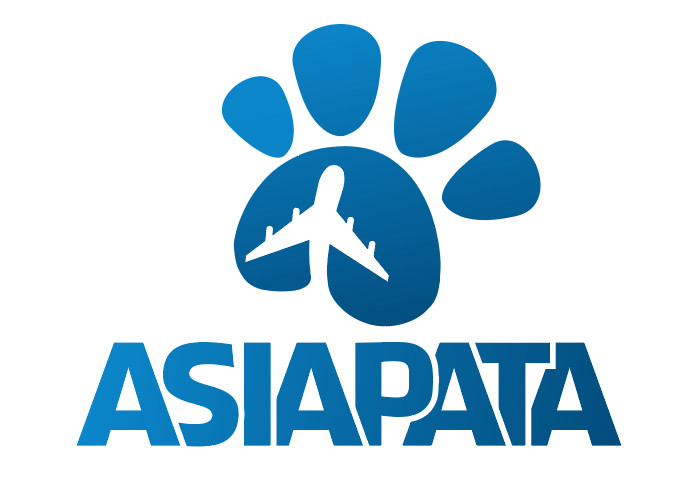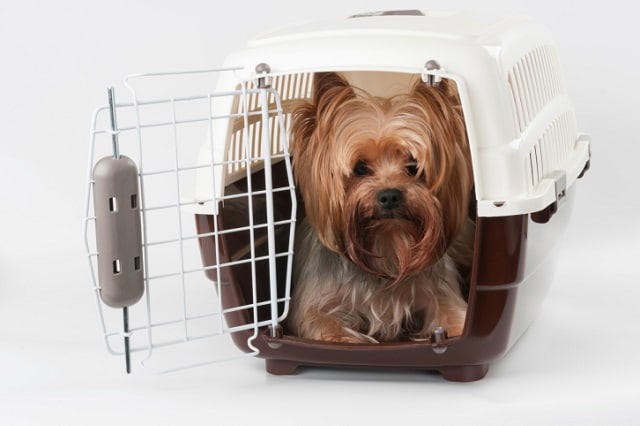Pet transportation can be a complex process, especially when moving across international borders. If you are in Can Tho and need to transport your beloved pet to Cambodia, there are various factors to consider, from documentation and regulations to choosing the right transport method. This guide will provide you with all the necessary information to ensure a smooth and stress-free journey for your pet.
Understanding the Regulations for Pet Transport

Before transporting a pet from Can Tho to Cambodia, it is crucial to understand the legal requirements and regulations governing cross-border pet travel. Cambodia has specific guidelines to ensure the safety and well-being of imported animals. These regulations typically include:
- Vaccination Requirements: Pets must be vaccinated against rabies at least 30 days before travel but not more than a year prior to the journey.
- Health Certificate: A veterinary health certificate, issued within ten days before travel, is required to confirm that the pet is healthy and fit for transport.
- Import Permit: Depending on the pet species, an import permit from Cambodian authorities may be required.
- Microchipping: While not mandatory, microchipping is recommended for identification and security purposes.
Choosing the Right Transportation Method

When transporting a pet from Can Tho to Cambodia, you have several options, including air, road, and pet relocation services.
1. By Air
If you prefer to transport your pet via air travel, the nearest international airport is Can Tho International Airport (VCA). However, flights from Can Tho to Cambodia may be limited, and you may need to connect through Ho Chi Minh City (Tan Son Nhat International Airport). Airlines that allow pet travel usually have strict policies regarding pet carriers, temperature control, and safety measures.
2. By Road
Traveling by road is the most common and cost-effective option for pet transportation between Can Tho and Cambodia. The distance from Can Tho to Phnom Penh is approximately 250 km, and the journey takes around 6-8 hours, depending on border procedures. The major border checkpoints used for pet transportation include:
- Moc Bai – Bavet Border (most commonly used for commercial transport)
- Tinh Bien – Phnom Den Border (convenient for travelers from the Mekong Delta)
When choosing road transport, ensure your pet is comfortable, has access to food and water, and is securely placed in an appropriate carrier.
3. Pet Relocation Services
For a hassle-free experience, consider hiring professional pet relocation services. These companies specialize in handling all documentation, transportation logistics, and customs clearance. They also ensure that your pet’s journey is stress-free and adheres to international pet travel standards.
Preparing Your Pet for Travel

To make the journey as smooth as possible, it is essential to prepare your pet in advance:
- Visit the Veterinarian: Schedule a health check-up to ensure your pet is in good condition for travel. Obtain all necessary vaccinations and documentation.
- Choose the Right Carrier: Invest in a comfortable and well-ventilated pet carrier that meets airline and transportation standards.
- Train Your Pet: If your pet is not accustomed to travel, gradually introduce them to the carrier and short trips.
- Pack Essentials: Bring food, water, medications, and any comfort items your pet may need.
- Plan for Rest Stops: If traveling by road, schedule regular stops to allow your pet to stretch and relieve itself.
Crossing the Border with Your Pet
Border crossing procedures vary depending on the checkpoint, but typically involve:
- Presenting the required documents (vaccination record, health certificate, import permit if necessary).
- Undergoing an inspection by veterinary officials at the border.
- Paying any applicable fees for customs clearance.
It is advisable to check with authorities or a pet relocation company beforehand to ensure a smooth process.
Arrival in Cambodia: What to Expect
Once you arrive in Cambodia, it is important to monitor your pet’s health and well-being. Make sure they have time to adjust to the new environment, climate, and surroundings. If you are staying in a hotel or rental property, confirm their pet policies in advance.
Additionally, be aware of any local pet ownership regulations, licensing requirements, and veterinary services available in Cambodia.
Conclusion
Transporting your pet from Can Tho to Cambodia requires careful planning and adherence to regulations. Whether you choose air travel, road transport, or professional pet relocation services, ensuring your pet’s comfort and safety should be the top priority. By following the guidelines outlined in this article, you can make the journey smooth and stress-free for both you and your furry companion.
For more information on logistics and transportation services, check out these resources:














